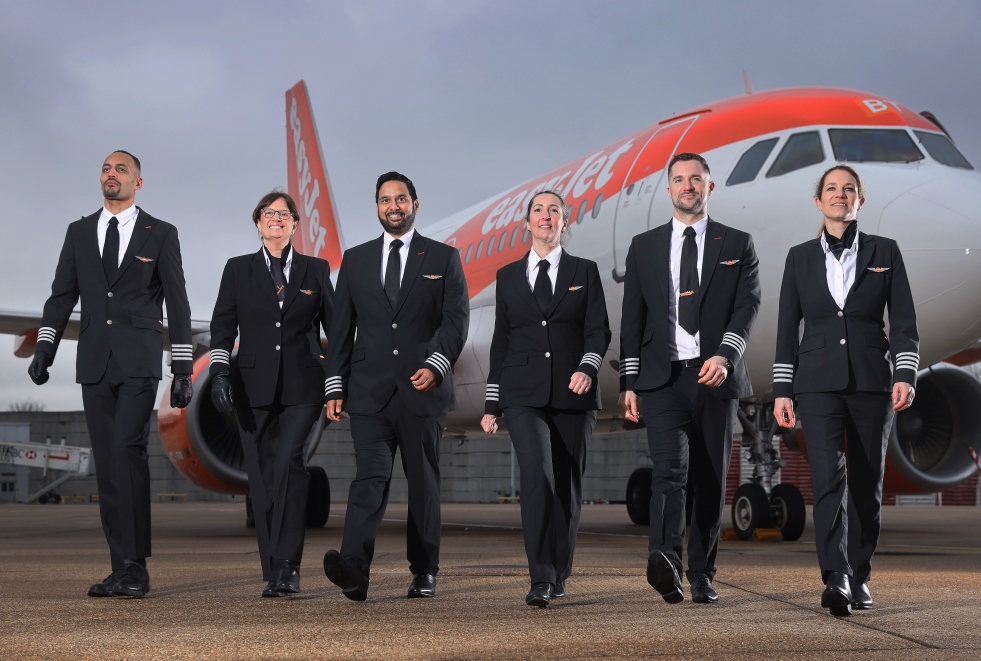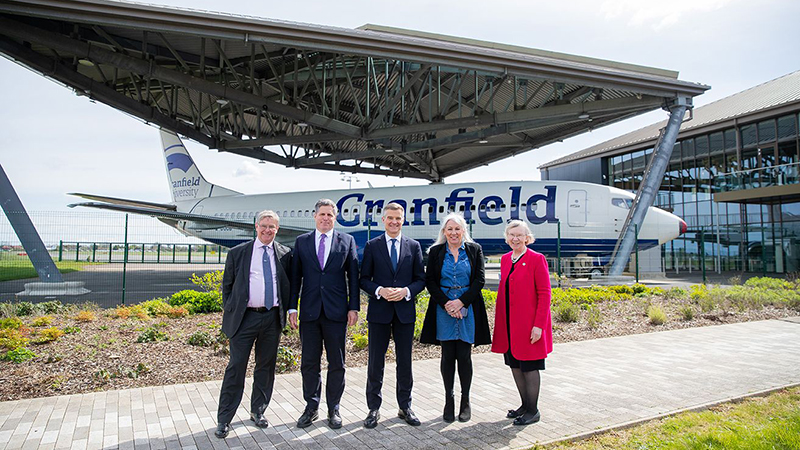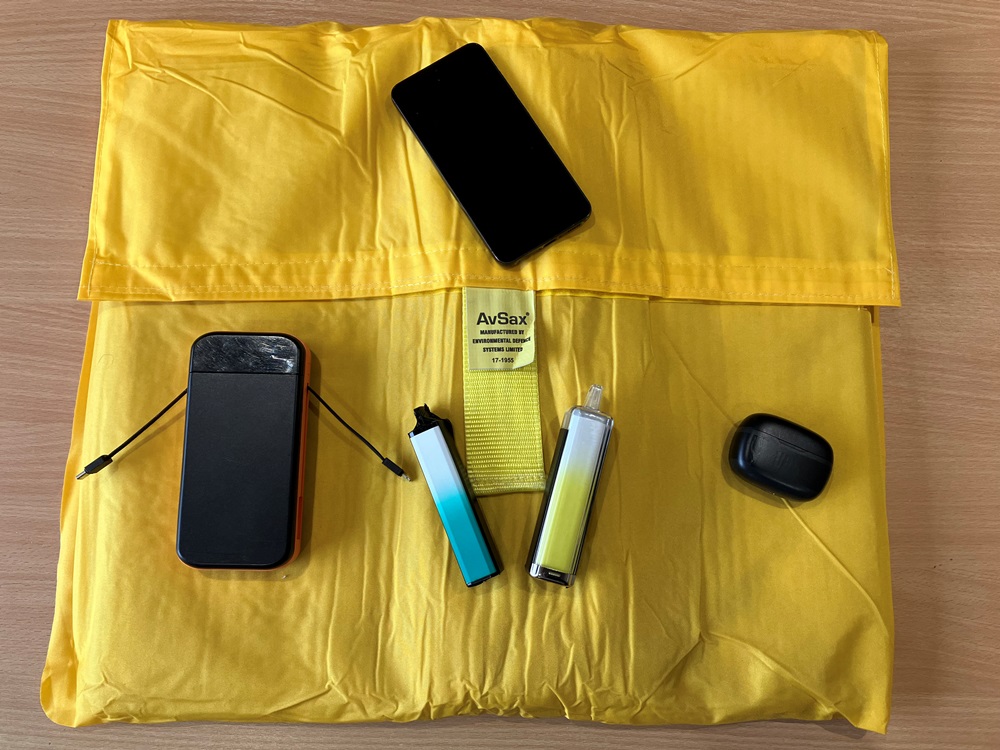Ten years since A380's first flight

Above:
The A380's first flight, 2005.
The A380’s first flight on 27 April 2005 was jointly captained by Claude Lelaie, Senior Vice President Flight Division, and by Chief Test pilot and Vice President Jacques Rosay. The other crew members were Fernando Alonso, Vice President Flight Division, Flight Test Engineering who led a team of two other flight test engineers, Jacky Joye and Manfred Birnfeld, and test flight engineer Gérard Desbois. Carrying the registration F-WWOW, the aircraft is powered by four Rolls Royce Trent 900 engines.
After landing, the crew then confirmed that the new aircraft and engines had handled as anticipated.
Claude Lelaie said: “We had a very successful first flight and thoroughly enjoyed every minute of it. There are of course a lot of things to be done, but after this first experience, we now really sense the potential of this magnificent machine. And even on the ground, as already felt during the initial ground tests, the A380 handles as easily as any other aircraft. Also, the systems and the Rolls Royce engines performed satisfactorily.” And Jacques Rosay added: “Within the first minutes of the flight, we were impressed by the ease of handling of the aircraft which was in line with what we had felt in the simulator. We have no doubt any Airbus pilot would feel immediately at home in the A380; it is a true member of the Airbus aircraft family. We could also appreciate that the new features in the cockpit, including interactivity, vertical display, new interfaces that make the work of the crew very easy and efficient and I want to thank the customer airline pilots who have greatly contributed to this design.”
For its first flight, the A380 took off at a weight of 421 tonnes / 928.300 lbs, the highest ever of any civil airliner to date. During the flight, which took the aircraft around South West France, the six crew members explored the aircraft’s flight envelope as expected. They tested the A380’s handling using both direct and normal flight control laws with the landing gear up and down, and with all flaps’ and slats’ settings during the part of the flight at cruise altitude. They made an initial evaluation of the comfort levels in both the main and upper decks, confirming that the cabin was very quiet and the ride smooth.
The maiden voyage, during which all primary flight test objectives were met, marked the beginning of a rigorous test flight campaign involving five A380s, including one for the certification of the Engine Alliance GP7200 engine on the A380, and some 2,500 flight hours.

Above: A380 at Farnborough, 2014.
A decade on, airlines are currently using the A380 on nearly 100 routes to some 45 destinations, linking major airports, accommodating growing traffic on intense regional segments, connecting hubs to key city destinations and serving busy domestic flights. On certain routes, A380s are operated on multiple frequencies – up to seven per day.
In developing the A380, teams at Airbus have introduced innovations literally from nose to tail. This includes the Runway Overrun Prevention System (ROPS) for enhanced safety during landing and the AFDX backbone network technology for on-board data exchange – both of which are used on the A350 XWB, and have become recognised industry benchmarks.
Sales of the A380 now total 317 from 18 customers – representing a 90% share of the very large aircraft market. More than 150 A380s currently are flown by 13 operators, carrying approximately two million passengers every month.















